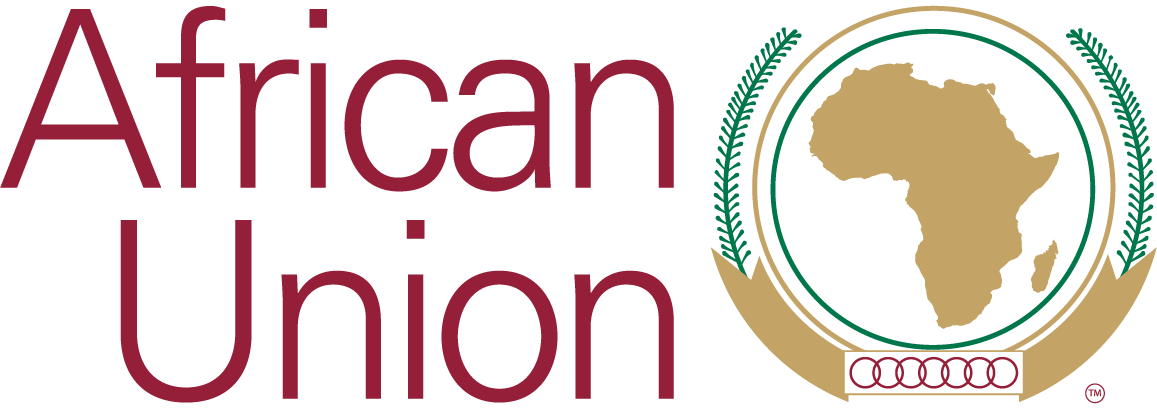BIAT – Boosting Intra-African Trade
Background
The January 2011 AU Summit endorsed the recommendation of the 6th Ordinary Session of the AU Ministers of Trade held in Kigali from 29 October – 2 November 2010 to fast track the establishment of a Pan-African Free Trade, besides The January 2012 African Union Summit of Heads of State and Government focused on the theme of “Boosting Intra- Africa Trade”. The choice of the theme was both appropriate and timely, given the challenges that were facing the trade, and the e need to come up with strategies to improve the situation.
A Brief on the African Union Program on Boosting Intra African Trade
1. Trade is widely accepted as an important engine of economic growth and development. There are many regions and countries of the world that have been able to lift their people from poverty to prosperity through trade. In Africa however, trade has not served as a potent instrument for the achievement of rapid and sustainable economic growth and development due mainly to three interrelated basic features: size, structure, and direction. At around 3%, the share of Africa in global trade is insignificant.
2. Another key feature of Africa’s trade, which has had some adverse implications for its impact on economic growth and development, is its high external orientation and relatively low level of intra-regional trade. Intra-African trade stands at around 13% compared to approximately 60%, 40 %, 30% intra-regional trade that has been achieved by Europe, North America and ASEAN respectively. Even if allowance is made for Africa’s unrecorded informal cross-border trade, the total level of intra-African trade is not likely to be more than 20%, which is still lower than that of other major regions of the world.
3. That African countries do not trade much with each other has meant that they have been unable to fully harness the synergies and complementarities of their economies and take full advantage of the economies of scale and other benefits (such as income and employment generation) that greater market integration would have provided. There are cases where products and services could have been sourced competitively from other African countries but were procured from outside the continent.
4. Due to the fact that Africa does the bulk of its trade with the outside world and the exports are heavily concentrated on primary commodities, the continent has been particularly vulnerable to external macroeconomic shocks and protectionist trade policies. This is evident from the recent global economic and financial crisis which, although not of the making of African countries, has had adverse impact on the continents economic performance. Thus a major lesson to be drawn from the systemic shocks in the global economy is the need for Africa to promote intra-regional trade.
5. Boosting intra-African trade and deepening regional market integration constitute a necessary response to the challenges facing Africa in the multilateral trading system and the global economy. The boosting of intra-African trade and the deepening of Africa’s market integration, by fostering competition among African countries, will assist in enhancing their capacity and prepare them to compete more effectively on the global market.
7. The Action Plan for Boosting Intra-Africa Trade specifically aims at deepening Africans market integration and significantly increasing the volume of trade that African countries undertake among themselves. To effectively achieve this, the plan is divided into seven clusters namely, Trade Facilitation, Trade Policy, Productive capacities, Trade related Infrastructure, Trade Finance, Trade Information and Factor Market integration. Implementing of the actions in each cluster is expected to significantly contribute to Boosting Intra African Trade.

